Empowering Creatives Everywhere: The Role of AI in Modern Image Generation
In today's digital age, artificial intelligence (AI) has emerged as a powerful tool that revolutionizes various industries. One of the areas where AI is making a significant impact is in modern image generation. By harnessing the capabilities of AI, creatives from diverse fields now have access to new possibilities and tools that enhance their artistic expressions and streamline their workflows. In this article, we explore the role of AI in empowering creatives everywhere and how it shapes the future of image generation.
Understanding AI-driven Image Generation
AI-driven image generation involves using machine learning algorithms to create or modify images automatically. Through deep learning models, these algorithms analyze vast amounts of data, learn patterns, and generate realistic and high-quality images with minimal human intervention. From generating lifelike landscapes to designing original artworks, the possibilities are endless.
Enhancing Creative Expression
The role of AI in modern image generation goes beyond mere automation; it empowers artists and designers by augmenting their creative abilities. For example, AI-powered tools can generate multiple variations of an image quickly, enabling artists to experiment with different styles and compositions effortlessly. This fosters a spirit of exploration and innovation while saving valuable time during the creative process.
Tools for Image Enhancement
AI offers a range of advanced tools that can enhance images by improving their quality or transforming them into unique artistic forms. Upscaling low-resolution images without compromising clarity, removing noise or artifacts from photographs, and applying stylistic filters inspired by famous artists - all these tasks can be accomplished with AI-powered solutions.
Collaborative Creation
With AI's ability to understand visual context and generate content accordingly, collaborations between humans and machines are becoming more seamless than ever in creative projects involving multiple contributors. Artists can work with AI algorithms to co-create stunning visuals that blend human creativity with the computational prowess of AI. This collaborative approach opens new avenues for artistic expression and encourages interdisciplinary collaborations.
Automation and Efficiency
AI's role in image generation extends beyond creative enhancement; it streamlines workflows and reduces repetitive tasks, allowing creatives to focus on their core ideas. AI algorithms can automatically generate images based on textual descriptions or even assist in generating custom content tailored to specific needs. This automation helps artists save time, eliminate tedious processes, and concentrate on exploring their unique vision.
Ethical Considerations
While AI brings immense potential to image generation, ethical considerations must be considered. Issues such as ownership rights, copyright infringement, bias in algorithmic decision-making, and deepfake technologies require careful examination and regulation. As AI evolves, we must establish guidelines that promote responsible use and safeguard against potential misuse.
Future Possibilities
The role of AI in image generation is evolving rapidly. As technology advances and grows rapidly, we can expect more sophisticated algorithms to understand complex concepts such as emotions or narratives within an image. Furthermore, integrating AI with virtual reality (VR) or augmented reality (AR) could further amplify creative possibilities by allowing users to interact with generated imagery in immersive environments.
Conclusion
Artificial intelligence(AI) has emerged as a powerful ally in empowering creatives across various industries by revolutionizing modern image generation. From enhancing artistic expression to automating workflows, AI-driven tools offer endless possibilities for creators worldwide. However, maintaining ethical standards and ensuring responsible usage are critical aspects as we continue to explore the ever-expanding horizons of AI-powered visual innovation. By embracing the potential of AI while taking these considerations into account, we can pave the way for a future where humans and machines collaborate harmoniously, pushing the boundaries of artistry and unleashing limitless creativity.


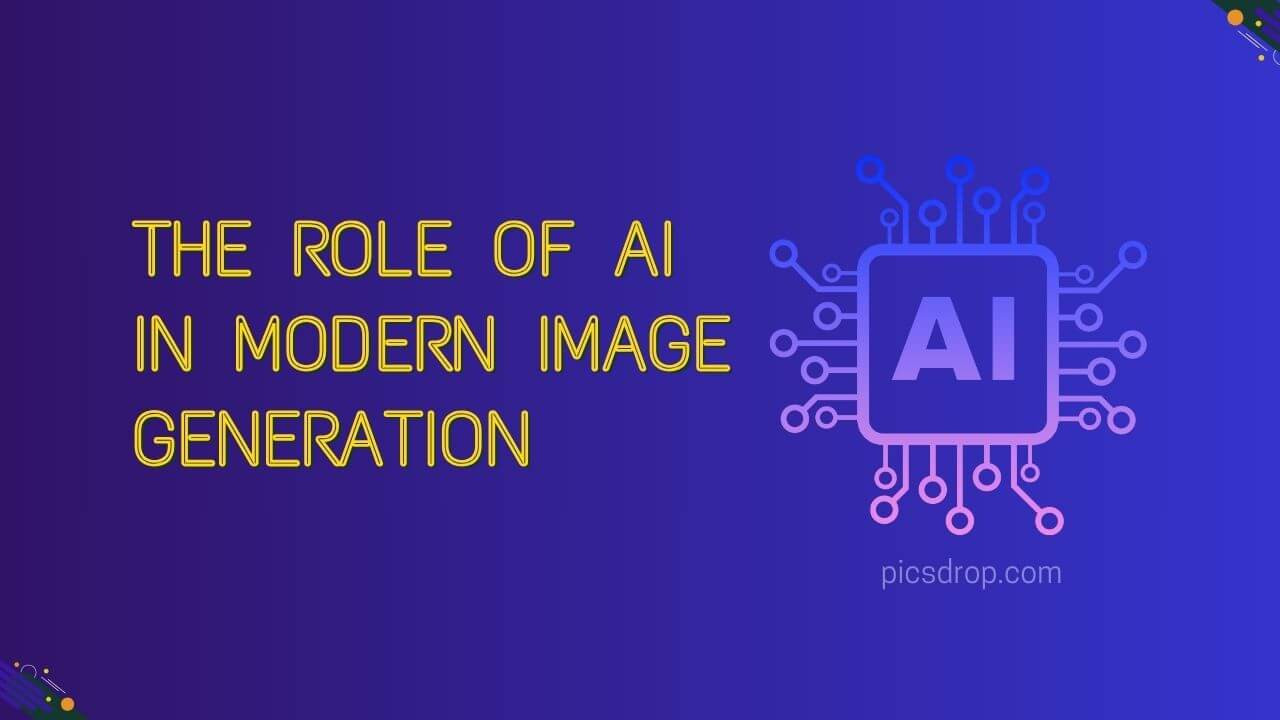
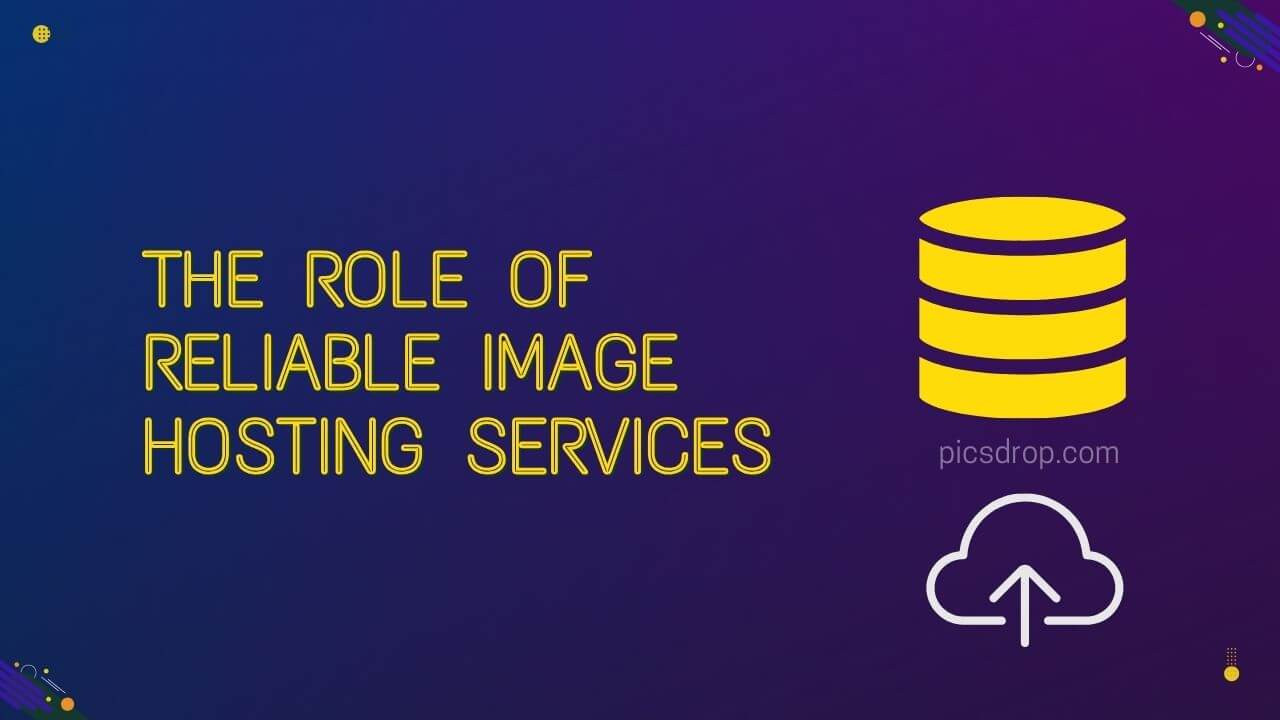
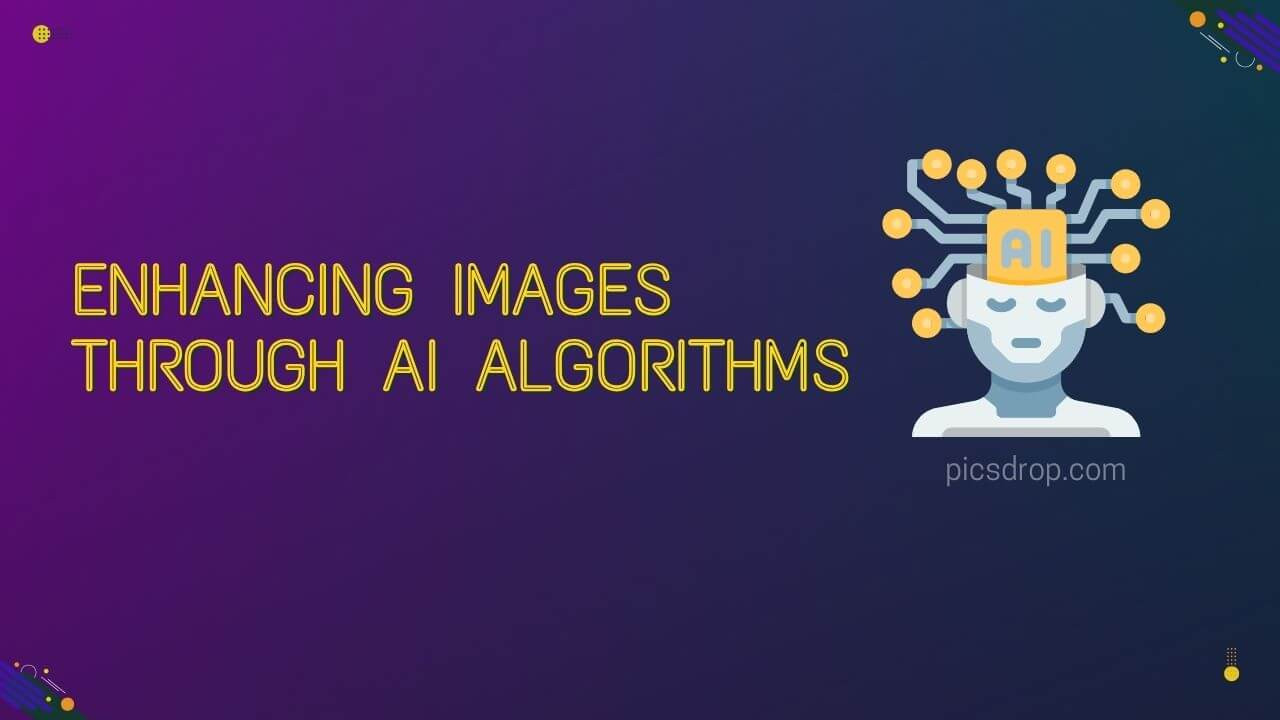
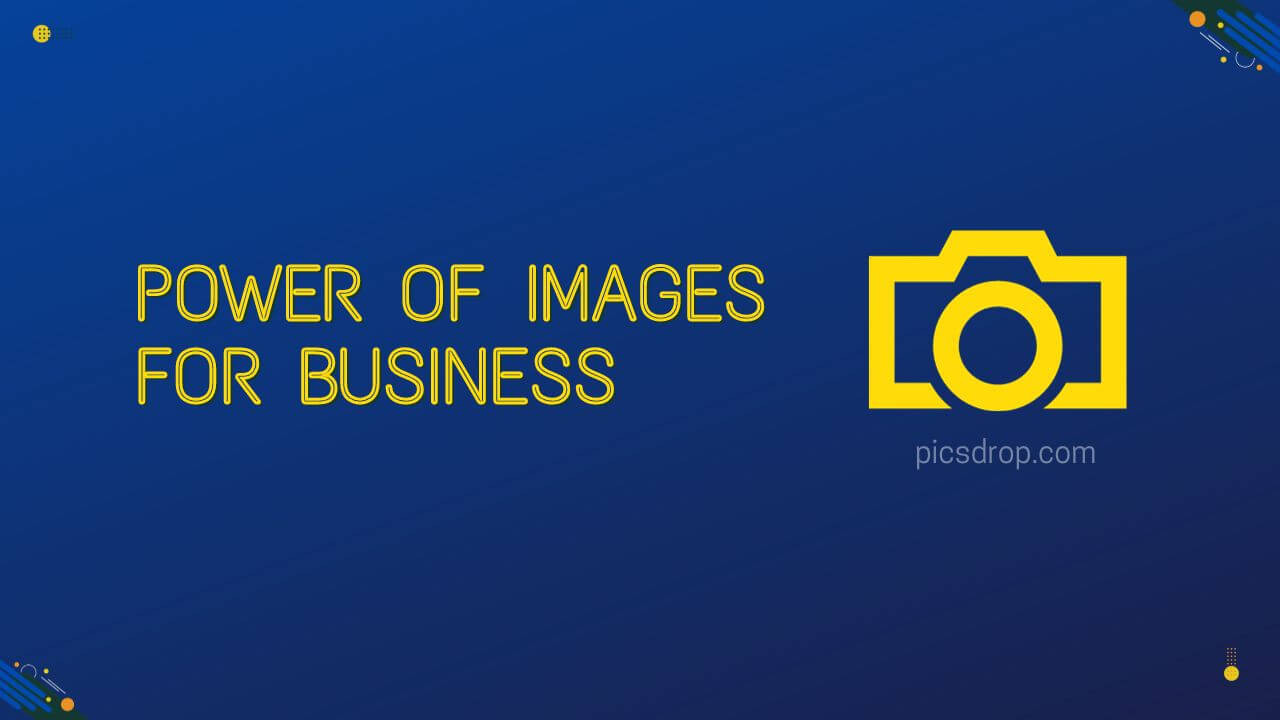
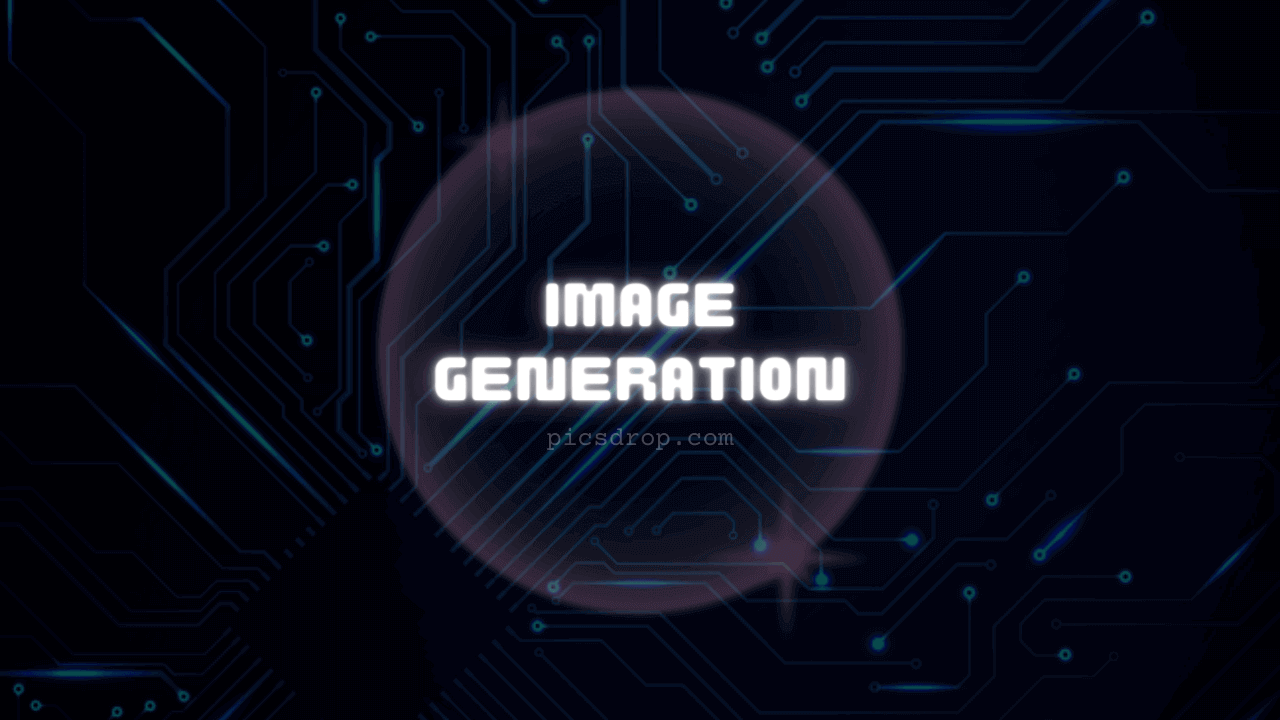
Comments (0)